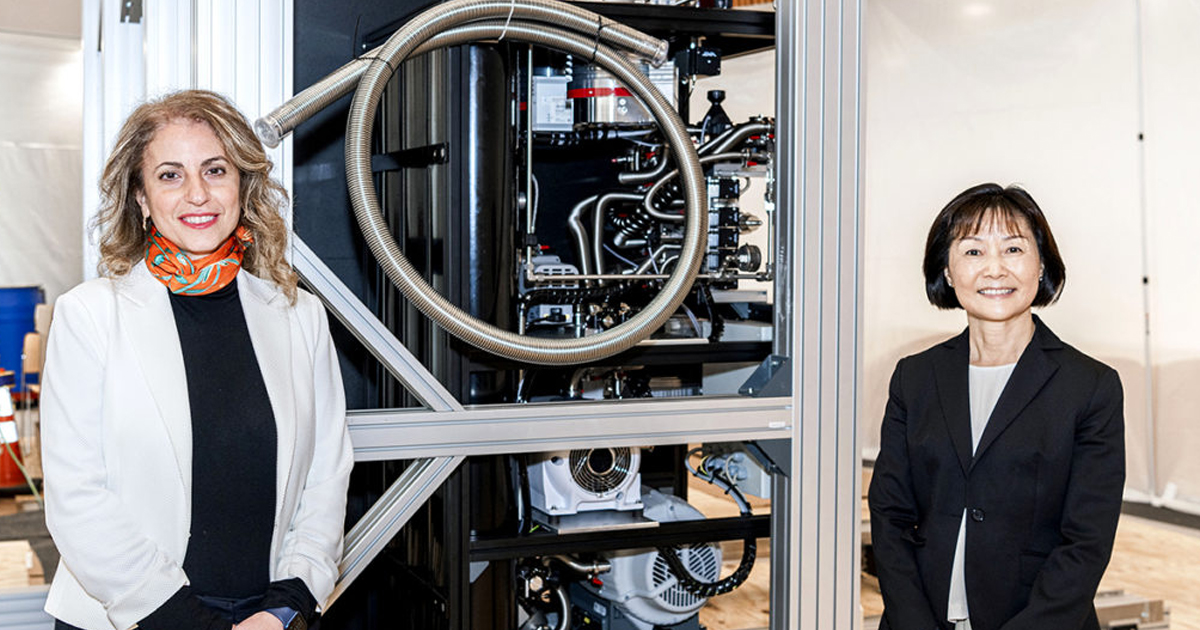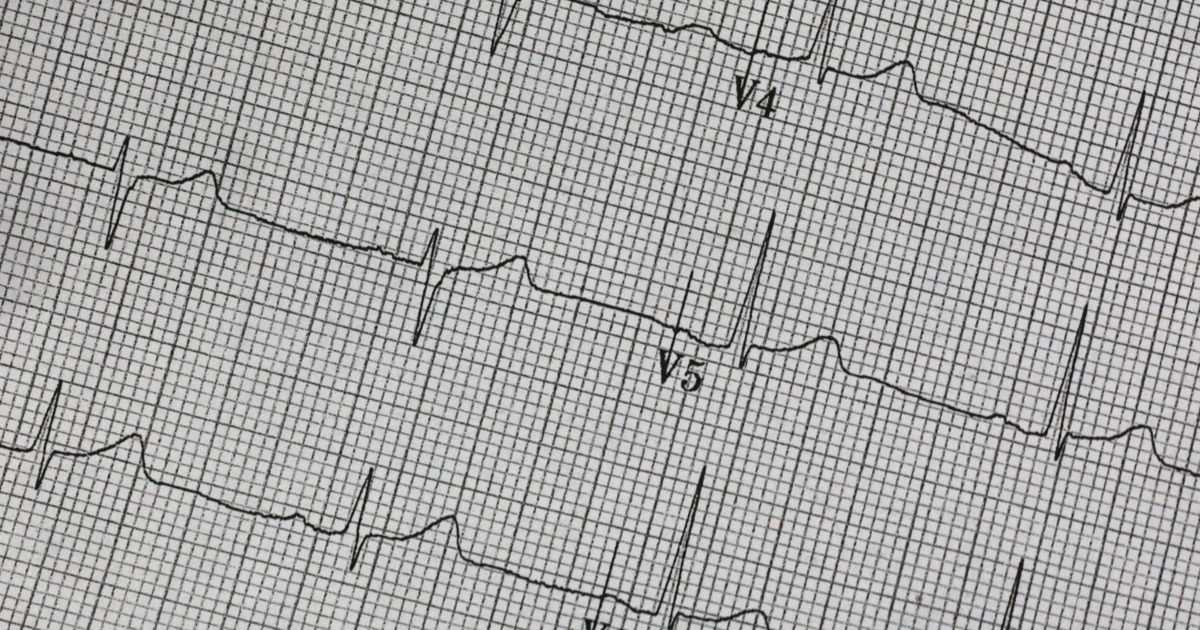A través de la herramienta de Digital Health IBM Watson Health, fue publicado un documento técnico sobre información perdida en radiología utilizando Artificial Intelligence (AI).
La información o hallazgos perdidos es un problema relativamente común y conocido en los estudios radiológicos. Este problema es ocasionado por diversos factores, como la fatiga del lector, hasta una distracción por parte del profesional encargado.
Por ejemplo, la detección de nódulos pulmonares a través de imágenes radiológicas puede ser muy complicado, ya que para esto se utilizan programas de detección de cáncer, que pueden llegar a sobrecargar el sistema. En este sentido, esto puede llevar a resultados erróneos e incluso a demandas a los especialistas por mala praxis.
La herramienta de AI fue desarrollada a través de algoritmos de imagen y texto que analizan conjuntamente estudios de tomografía computarizada (TC) e informes de radiología.
“El algorithm está diseñado para detectar cualquier nódulo pulmonar no calcificado con un diámetro superior a 6 mm. El algorithm AI de texto determina si se mencionó algún nódulo pulmonar en el informe clínico asociado. Si se identifica un nódulo pulmonar en el estudio de imágenes, pero no se menciona como presente en el texto del informe de radiología, se identifica que el estudio tiene un nódulo pulmonar potencial perdido”, explica el estudio.

La investigación contó con escaneos de TC de hospitales de Reino Unido y Estados Unidos. Los estudios que fueron identificados por la AI con un potencial fallo en la detección de nódulos pulmonares fueros revisados por el American Board of Radiology (ABR). De esta forma los estudios de imágenes con nódulos detectados y los estudios radiológicos sin nódulos reportados fueron revisados por especialistas.
“Este estudio demuestra la utilidad de nuestra herramienta de AI para identificar nódulos pulmonares perdidos en un grupo grande y conjunto diverso de estudios de TC de tórax y abdomen que reflejan un entorno clínico real. De un total de 32,134 estudios, se identificaron 100 nódulos verdaderos perdidos con solo 315 falsos positivos”, concluye el estudio, que fue presentado durante la cumbre de AIMed.
You can consult the full study at the following link: https://ai-med.io/wp-content/uploads/2022/05/IBM_Watson_Health_Imaging_AI_Research_Missed_Lung_Nodules_White_Paper_1_1.pdf







